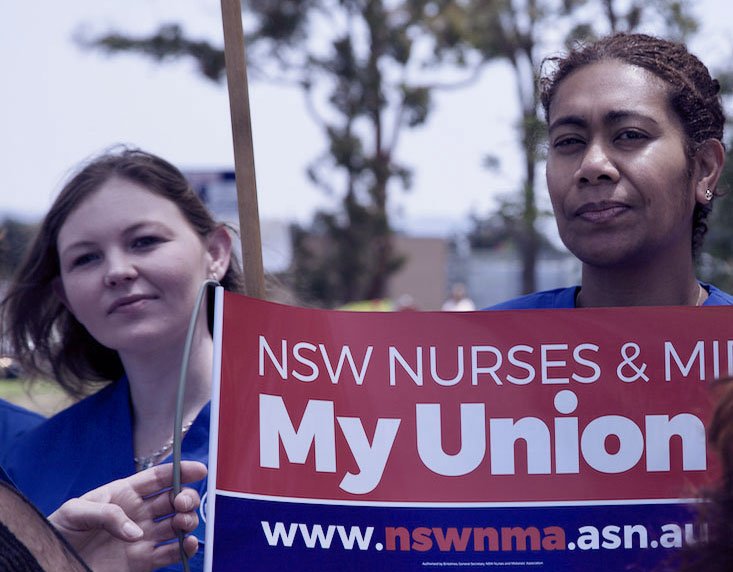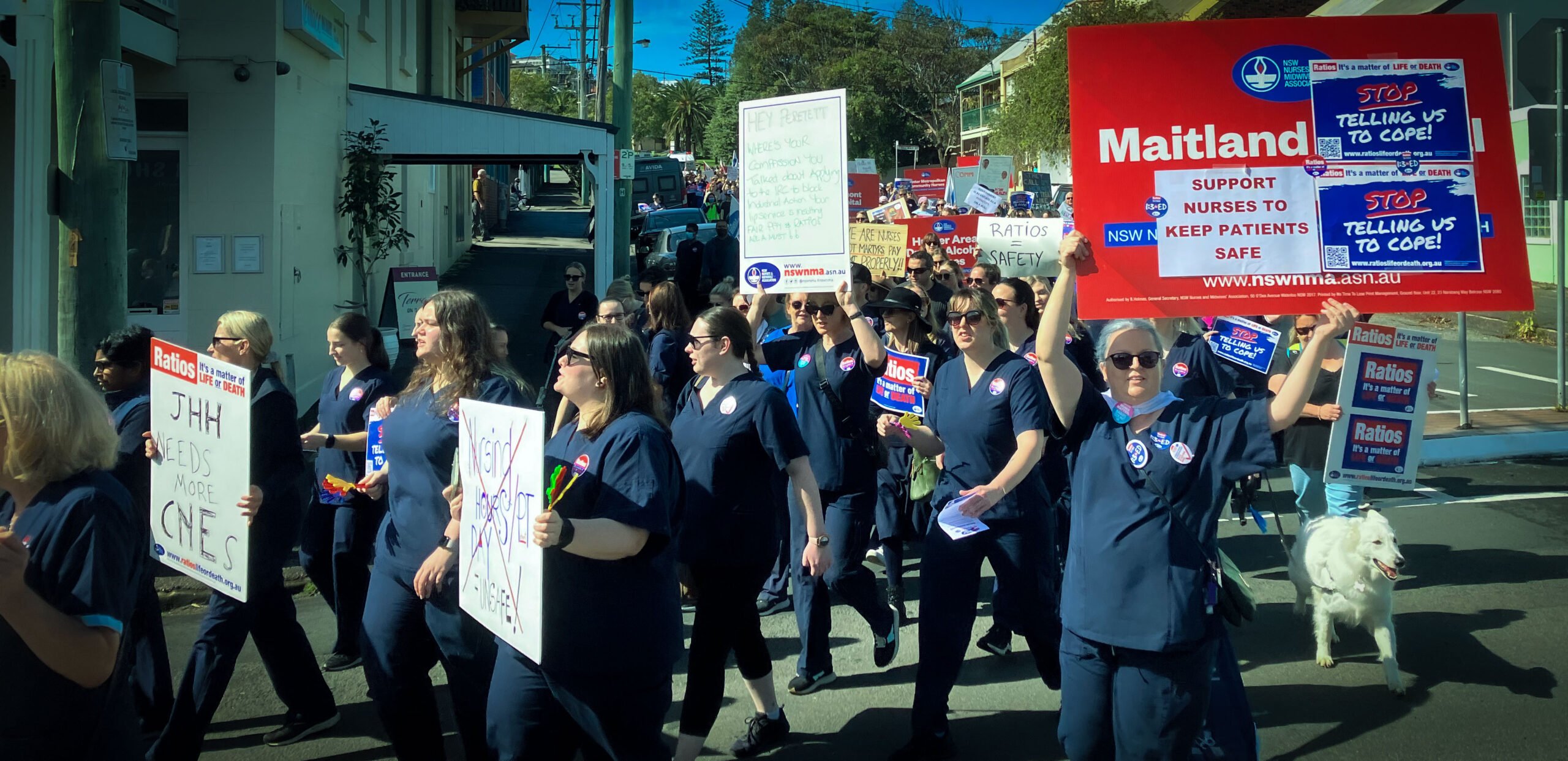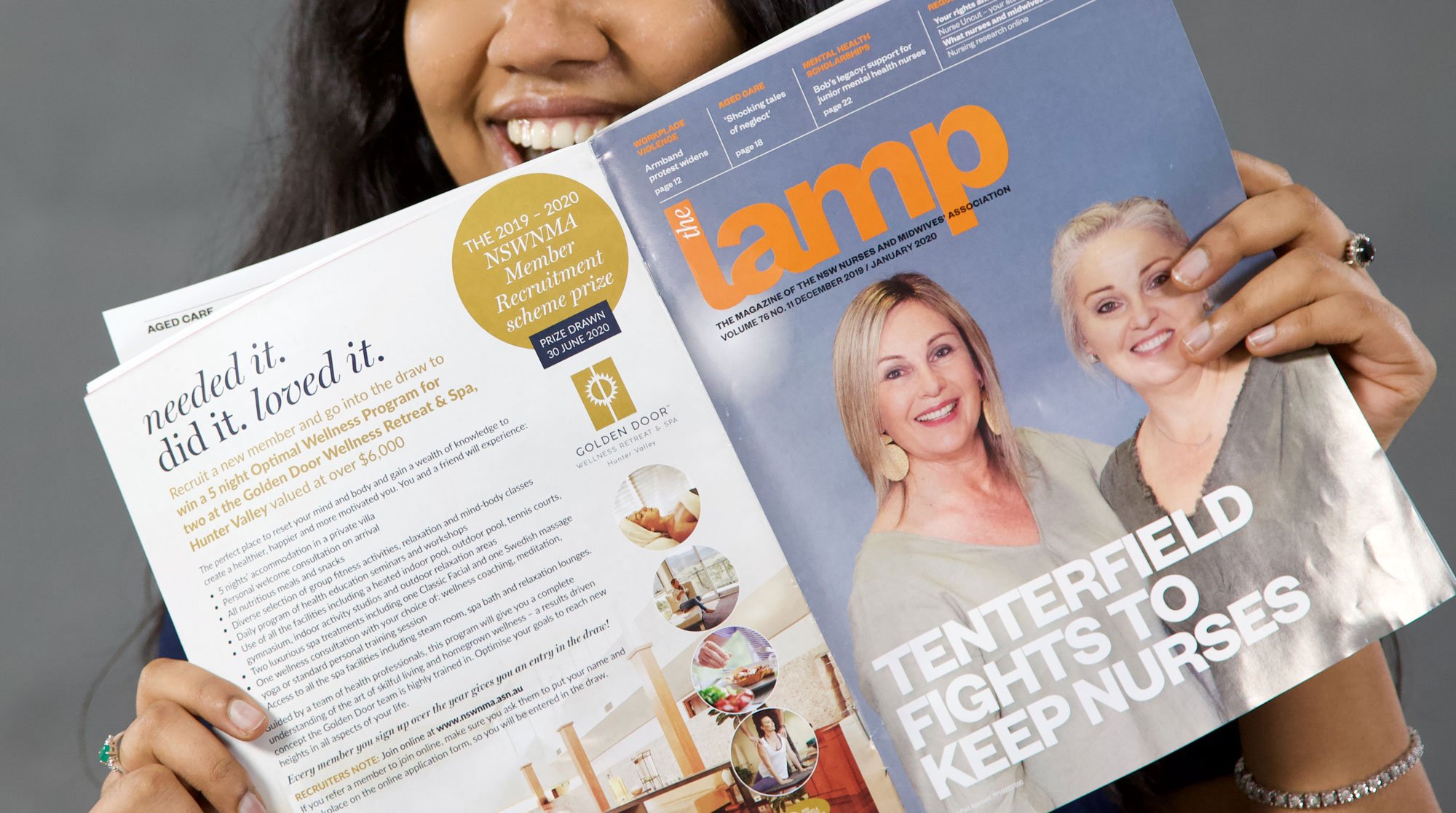The NSW Nurses and Midwives’ Association (NSWNMA) said new Bureau of Health Information (BHI) data highlighted growing workload pressures on nurses and midwives within the public health system and has reiterated calls for shift by shift staffing ratios to be mandated statewide.
NSWNMA General Secretary, Brett Holmes, said the amount of time critically unwell patients were spending in emergency departments was an ongoing concern across metropolitan and regional hospitals.
“The October to December hospital data again shows the increased strain on our health system, particularly in emergency departments and operating theatres, which is impacting on the time patients are having to wait for emergency care and elective surgeries,” said Mr Holmes.
“Our public hospital system has been under immense pressure for an extended period and it’s being hampered by a widespread staffing crisis, including increased overtime, growing skill mix issues and recruitment delays.
“It’s no wonder our members, both metro and regional, are prepared to walk out or are leaving the nursing and midwifery professions. They are frustrated, fatigued and burning out rapidly.
“The current staffing system is unsustainable and safe patient care is what is suffering as a result. There’s an urgent need for transparent nurse-to-patient ratios on every shift across our public hospitals and the government needs to act.”
BHI data for the October to December 2021 quarter shows patients were waiting longer in emergency departments than the recommended four-hour benchmark, only 31 per cent of patients who were admitted to hospital spent less than four hours in the ED. Meanwhile, a record of over 60 per cent of ‘triage category 2’ emergency patients waited longer for treatment in the same period.
NSWNMA Assistant General Secretary, Shaye Candish, said the ongoing strain inside emergency departments and the need for more nurses and midwives to keep up with demand was clear.
“Our public hospitals are in desperate need of a new nurse-to-patient ratios system to manage demand more effectively, and that includes one nurse to every three treatment spaces in our EDs,” said Ms Candish.
“The pressure on ambulance services and emergency departments has continued to build during the pandemic and it’s taking a toll on health staff. Again and again nurses, midwives and other hospital staff are expected to absorb these increased workloads.
“It’s unsafe for patients and it’s unsafe for staff. The NSW government is stubbornly relying on a staffing model that can be manipulated and doesn’t reflect the volume of work required to care for patients safely.
“It’s not good enough and patients across the state are suffering as a result.”







